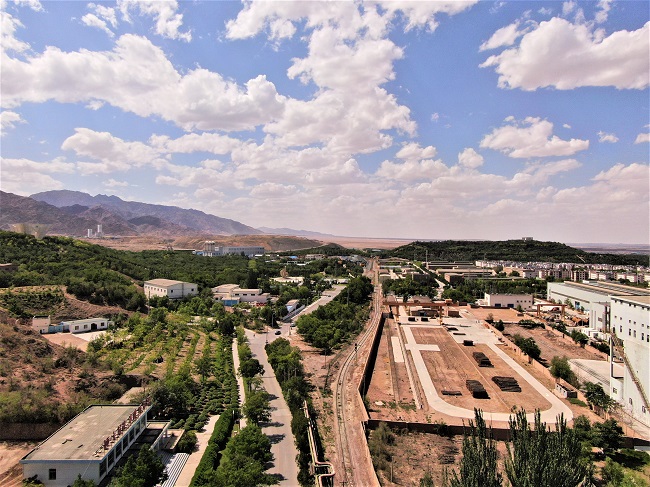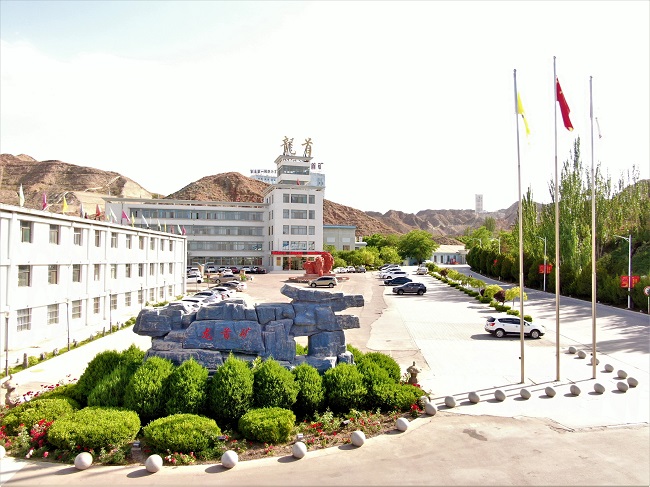
Longshou Mine
In recent years, Longshou Mine has focused on the improvement of its surrounding ecological environment and conducted multiple actions to ensure its basic land functions are coordinated with the surrounding natural environment.
From 2020 to 2023, Longshou Mine promptly implemented the reclamation, greening, and beautification of damaged, degraded, or polluted sites, guaranteeing the restoration of the land.
During this period, various improvement projects of waste rock dumps and industrial sites were launched. By constructing retaining walls and installing protective nets, geological hazards within the mining area were effectively eliminated. This improvement has led to the enhancement of the ecological environment in the regulated area, the effective conservation of land resources, and the restoration of vegetation resources in Longshou Mine.
Meanwhile, the disposal facilities for domestic waste and wastewater in Longshou Mine have been improved, achieving a 100 percent disposal rate.
Longshou Mine generates approximately 550,000 cubic meters of wastewater annually. In order to further improve the comprehensive utilization rate of industrial wastewater, the mine adheres to the principle of "separate collection, classified treatment, and quality-based reuse," and has constructed two comprehensive recycled wastewater utilization projects. These projects include the collection and lifting of underground wastewater, as well as surface purification treatment. Most of the treated wastewater is used for underground mine filling; a small amount is used for mine greening and dust suppression; and a portion is discharged into Jinchuan Group's sewage treatment plant through pipelines.

Longshou Mine
In addition, Longshou Mine has also set up monitoring facilities at sites with potential environmental hazards.
The Institute of Geology and Geophysics of the Chinese Academy of Sciences, the Jinchuan Nickel-Cobalt Research and Design Institute, and Jinchuan Group’s No.2 Mine, No.3 Mine and Longshou Mine have jointly conducted "Surface Rock Movement GPS Monitoring, Rock Mass Deformation Law, and Mining Influence Study in the Jinchuan Mining Area."
Since 2020, a total of 416 surface rock movement GPS monitoring points have been set up in Longshou Mine to observe surface movement and deformation. The monitoring results provide real-time information of the surface movement and its development trends caused by mining activities. Based on the actual monitoring situation, measures such as expanding the backfilling area and strengthening support in locally fractured areas are taken to minimize surface movement as much as possible.








